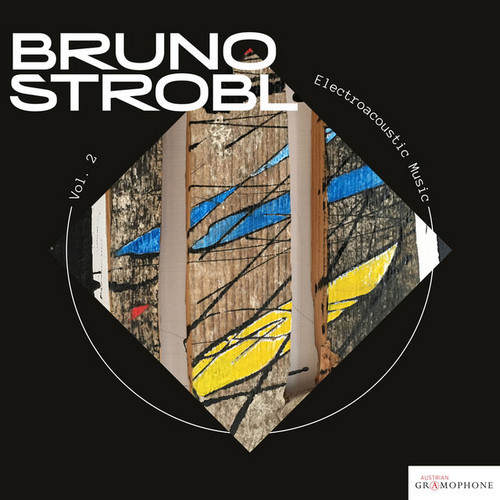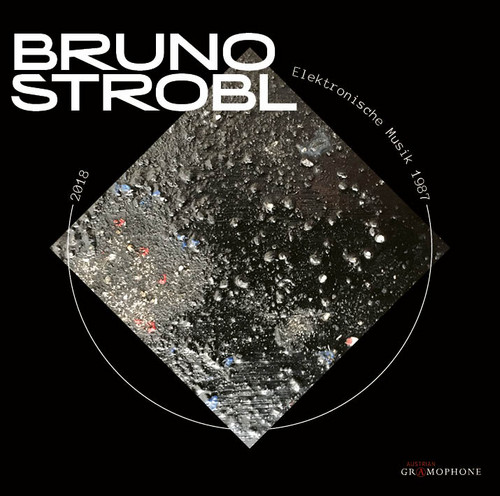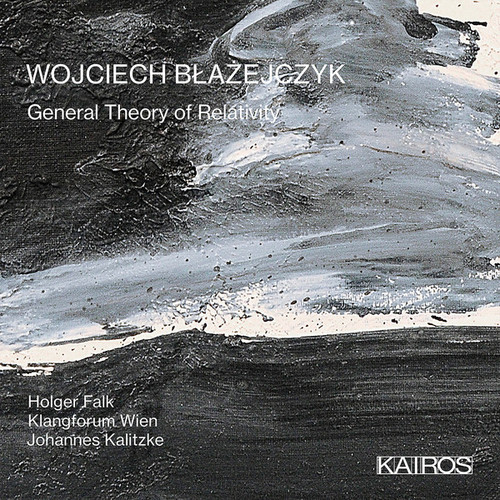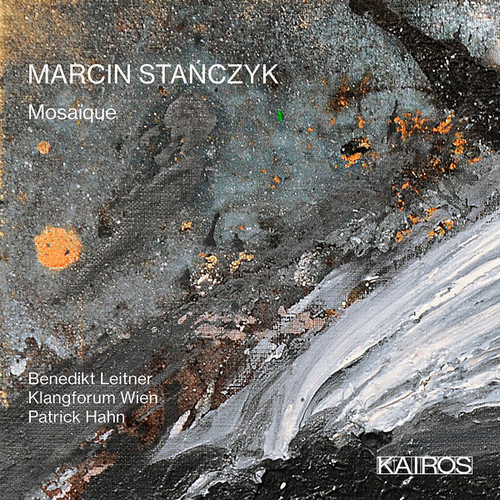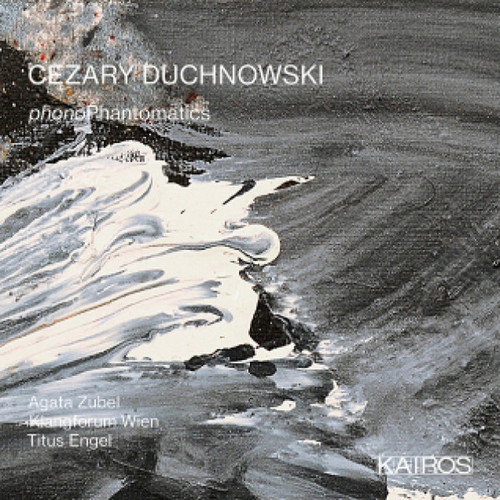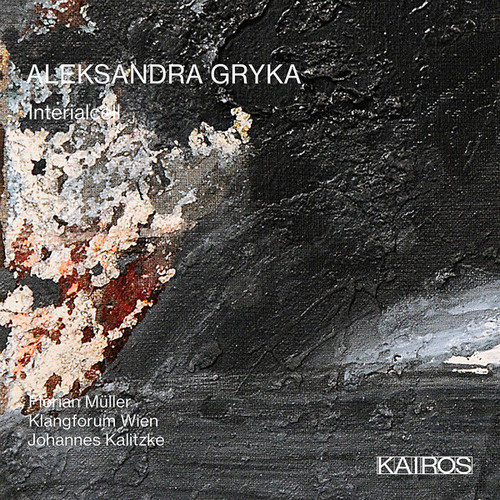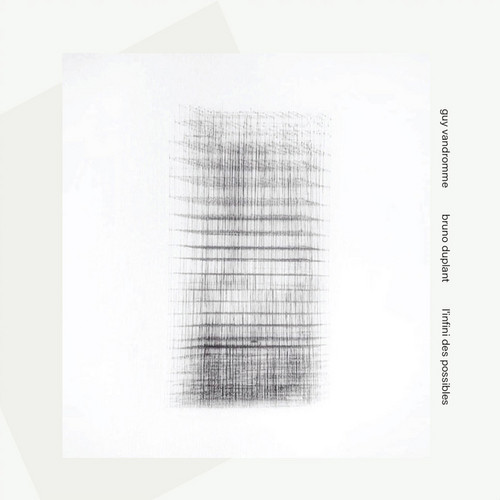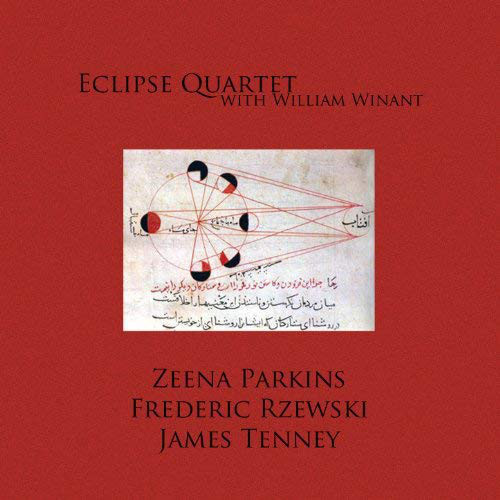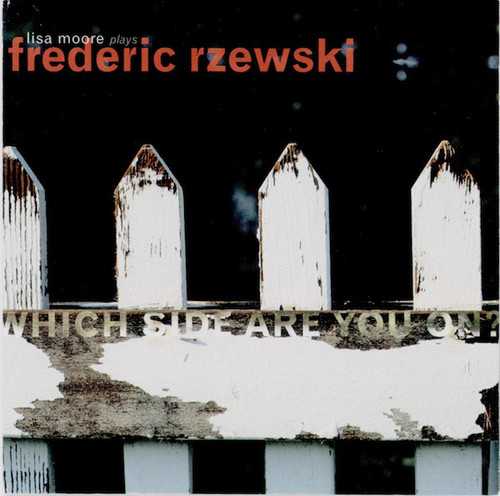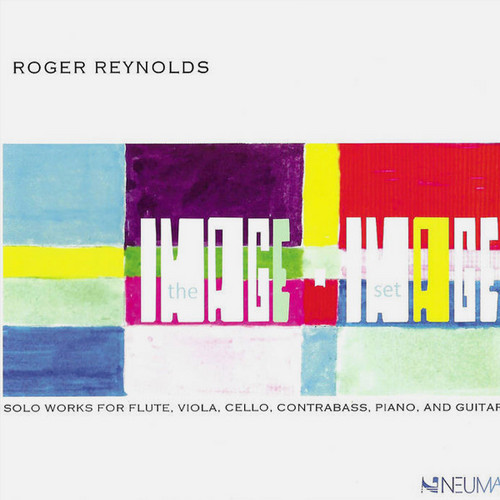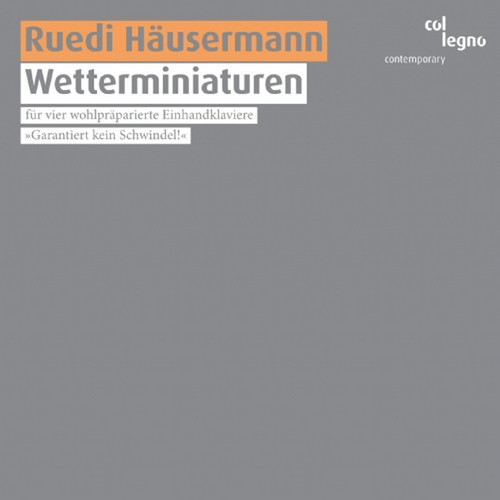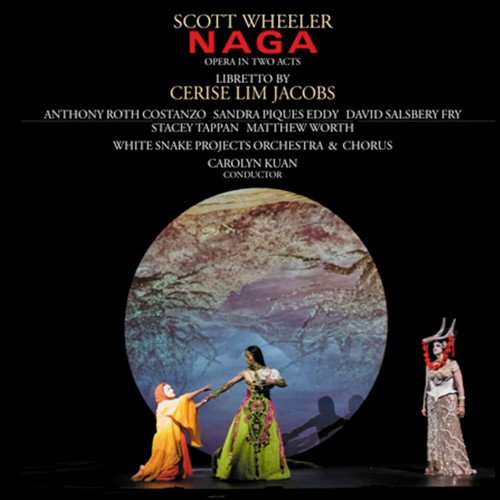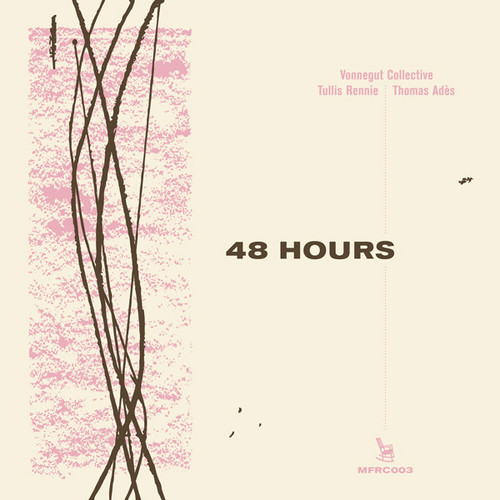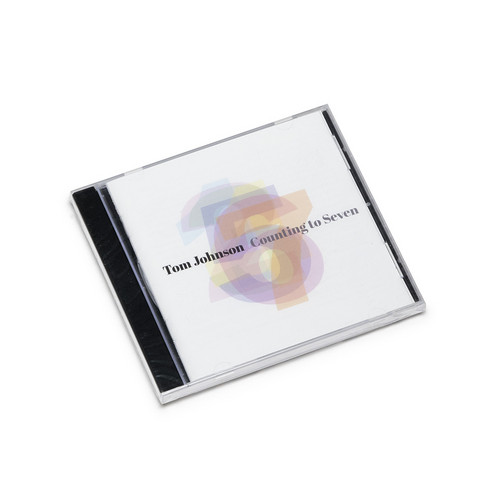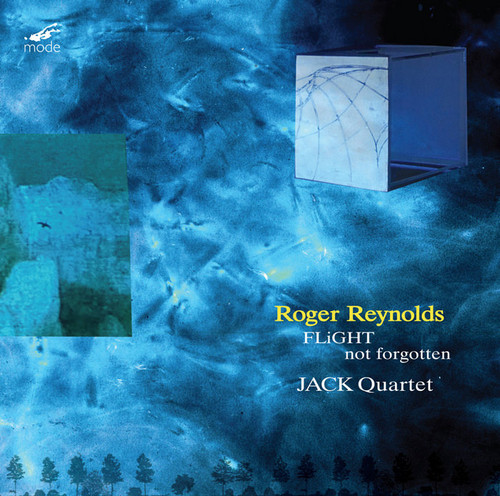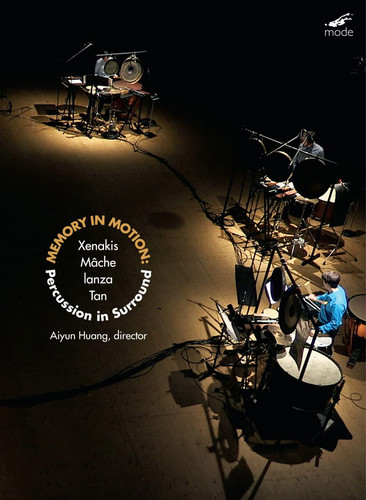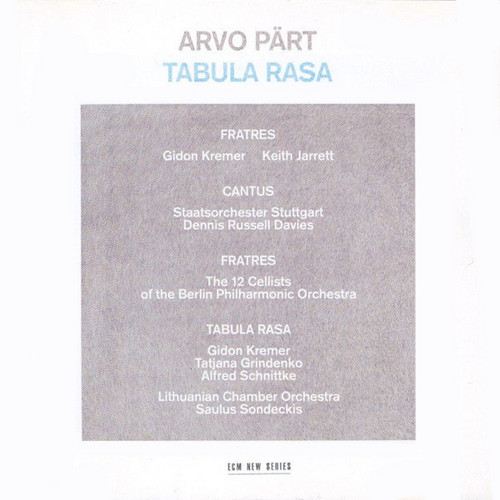Electroacoustic Music, Vol. 2
Bruno Strobl has a soft spot for sounds – for decades, he has been tinkering with them, changing them, playing with them. In the past by means of analog sound processing machines, for a long time by computer software and electronic instruments. Mostly, however, it is an analog sound that he takes as a starting point. Three sound generators are the core of his interest for the pieces collected on this CD. Three working tools moreover: a circular saw of the craftsman, four old water mills of the L…
Elektronische Musik 1987-2018
From early beginnings to the present: The composer Bruno Strobl began his studies in composition comparatively late. First came his degree as a classroom teacher, the profession in which he worked until retirement, guiding countless pupils towards music, including contemporary art mu-sic. His own interest in electroacoustic music was triggered during his studies in the 1980s, and one of his early pieces for tape, Hiatus, can be heard on this CD. The Latin “hiatus” means gap, and the basis of thi…
General Theory Of Relativity
Wojciech Błażejczyk’s music feeds on scientific theories, internet streams and civilization waves or scrap. It sometimes looks like a nerd’s diary. Full of different colors and fonts, notes, charts, exclamations and underlined words. This diary is the composer’s reaction to what surrounds him every day. Global news often appear together with local events, fake facts – with perceptual illusions, war strategy – with a pacifist message. All of that put in a new music idiom spiced up with a pinch of…
Mosaïque
Could you imagine music as a geyser? Erupting violently, waiting on tense standby, forever renewing itself... Or, just the contrary, as a sigh? An operatic sospiri, inhaling and exhaling, a tangible, rhythmic fluctuation... Or as walking with your eyes closed with full alertness to the sounds of unknown origin? That’s what Marcin Stańczyk’s music is like.The milestone of his career turned out to be the composition Sighs (2008–10, rev. 2012) for chamber- or symphonic orchestra. It got him the pre…
PhonoPhantomatics
Cezary Duchnowski, although perceived as a specialized composer with consciously chosen specialization, is very open to extremely versatile activity in the musical field. Apart from absolute music, he’s also keenly interested in relations between music and the word, music and theatre (or rather performance art) as well as visual arts in the wide sense. What he aims at with this kind of syncretism is a genuine interaction of various media. In his musical activity, he explores various areas of the…
Interialcell
Aleksandra Gryka is undoubtedly one of the most enigmatic and fascinating figures of the young generation of Polish composers. She does not comment on her works, does not give interviews, and does not provide critics with an insight into her scores (which even causes the occasional international scandal). She is also mysterious in her music: her works are like planets with their own atmosphere and laws. The narrative is usually torn, fragmentary and always incom plete, it leaves the listener uns…
Tombstones
Tombstones is a collection of twenty songs composed by American composer Michael Pisaro-Liu between 2006 and 2010, journeying into experimental pop with pieces that are "experimental or indeterminate but still a song". This disc features eleven songs under the artistic direction of the Lille-based pianist Barbara Dang. Dang and six members of the Muzzix collective (Yoann Bellefont, Ivann Cruz, Raphaël Godeau, Peter Orins, Christian Pruvost, Maryline Pruvost) recorded the pieces in June 2020, wit…
l'Infini des Possibles
l'infini des possibles is a set of twelve studies for solo piano, written by French composer Bruno Duplant in 2019. The score consists of lowercase letters (a, b, c, d, e, f, g) and spaces in between, which leaves the pianist an openness for interpretation and artistic determinations. The Belgian pianist/conductor Guy Vandromme intensely studied these 12 pieces via in-depth discussions with Duplant over two years, and realized them for this recording of a double CD in the spring of 2021, on a St…
In Better Shape Than You Found Me
* In pocess of stocking * In Better Shape Than You Found Me is a one-hour piece jointly composed and realized by American composer/violist Jordan Dykstra and Dutch composer/musician Koen Nutters in the year 2020. Dykstra plays viola, pitch pipe, crotales, piano EBow, electronic programming, field recordings, and Nutters delivers the piano programming and field recordings. The two bring together their sounds and structures in very organic ways, merging into a single, intriguing sound world. Maste…
Spectral Malsconcities
The evolution of the string quartet repertory has accelerated during the last half of the twentieth-century and beyond as composers from both the mainstream and the avant-garde have mined its seemingly inexhaustible creative resources. This CD features the virtually unprecedented combination of string quartet and percussion. It contains three works by prominent American experimentalist composers from several generations exploring the ensemble’s unique sonic resources in diverse stylistic setting…
Which Side Are You On?
The first woman to record Frederic Rzewski's setting of Oscar Wilde's De Profundis, Bang on a Can/Steve Reich pianist Lisa Moore sheds powerful new light on Wilde's jailhouse meditation on imprisonment, debasement, and the barriers that he faced as a homosexual. Rzewski, a revolutionary American composer with associations in both the modern classical and avant-jazz worlds, has created an aggressively emotional soundtrack to Wilde's moving prose. De Profundis breaks down the boundaries between …
The imagE - imAge Set
Neuma presents the complete recordings of Roger Reynolds’s "imAgE" series (2007-2015). The series features six pairs of comparatively short, related works that showcase several solo instruments: flute; viola; cello; contrabass; piano; and guitar. Each pair, composed for the same instrument, represents opposing ideas- the first is evocative, and the second is more articulate and punctuated. All works were composed for the performers on the album.
Wetterminiaturen
Ruedi Häusermann’s compositions melodies surface to be swallowed again, a breeze rises and gets lost in sounds, impulses, thunderstorms; melodies are created, are allowed to happen, and you find yourself listening raptly to their dis- integration. For building his worlds of sound the Swiss composer and theater maker has collaborated with the piano. He decided that this polyphonic instrument with its usually clearly defined tone and set ways of being played should be put on wheels so as to be mov…
Naga (2 CD Box)
Fairy tale opera has been a challenging genre for composers, with even some of the musically most successful examples, like Humperdinck’s Hansel and Gretel of 1893, more often presented for children than for adults. Scott Wheeler’s (b. 1952) Naga, working from a text that lies between fairy tale and mythology, stands much closer to Mozart’s marvelous exemplar, The Magic Flute, in its musical account of a restless man setting out on a spiritual quest in a world polarized between good and evil for…
48 Hours
When a twenty-minute piece takes two weeks to rehearse is an audience robbed of some of the richness of their experience by not witnessing that creative journey? For 48 Hours, Vonnegut Collective worked collaboratively with composer Tullis Rennie. Together they documented the trajectory of the rehearsal process and the motivations of the performers as the group tackled their most challenging work to date - Thomas Adès’s Piano Quintet. Recordings from rehearsals and interviews with players are wo…
Counting to Seven
Tom Johnson (b. 1939) is a key figure in the contemporary music scene whose voice as a composer is instantly recognizable. A major champion of minimalism in the 1970s as a writer, he remains one of its most important adherents as a composer, although the word 'minimalist' does not cover everything that his music does. The characteristic elements of repetition and sparse material are there, but his extensive use of mathematics and, especially, counting, makes him unique. Johnson relies on more th…
Roger Reynolds at 85, Vol 1: String Quartets
This release documents Roger Reynolds’ most recent string quartets in composer supervised first recordings by the acclaimed JACK Quartet. “Flight”, commissioned by Jack Quartet, arose from a collaborative process lasting almost five years. Its four movements reflect upon the stages of humanity’s aspirations for flight. Of “not forgotten” Reynolds writes: “As the years pass, one notices that certain elements in one’s days have unusual persistence in the mind. Such elements may involve individua…
Memory in Motion: Percussion in Surround
“Memory in Motion: Percussion in Surround” was a research project developed to examine how percussionists memorize musical actions within ensembles. As part of this research, director Aiyun Huang commissioned new works to compliment selected existing repertoire. Zihua Tan wrote Sorites to compliment Iannis Xenakis’ Persephassa and Alcides Lanza wrote mnais mnemes to compliment his own earlier composition sensor VI. In both cases, the composers were asked to use the identical setup and notational…
Musica Selecta
As the title and subtitle imply, this is a kind of greatest-hits album, with music selected by ECM label producer Manfred Eicher from the 12 albums on the label devoted to the music of Arvo Pärt. Pärt's music is so malleable that people tend to make their own versions of it rather than collect it, but if you wanted an anthology as a starter box, this would be the one to choose. Eicher has worked closely with Pärt since the 1980s, and he has indeed made a sensible "sequence" out of works that do …
Tabula Rasa
The 1984 ECM album Tabula Rasa was the vehicle that introduced the revolutionary music of Arvo Pärt to audiences outside Eastern Europe and initiated what was to become one of the most extraordinary musical careers of the late 20th century. Like many of the first generation American minimalists, he limited himself to diatonic harmonies and generated pieces by setting processes in motion, but the radical simplicity he achieved was the result of religious contemplation that was at least as, if not…
